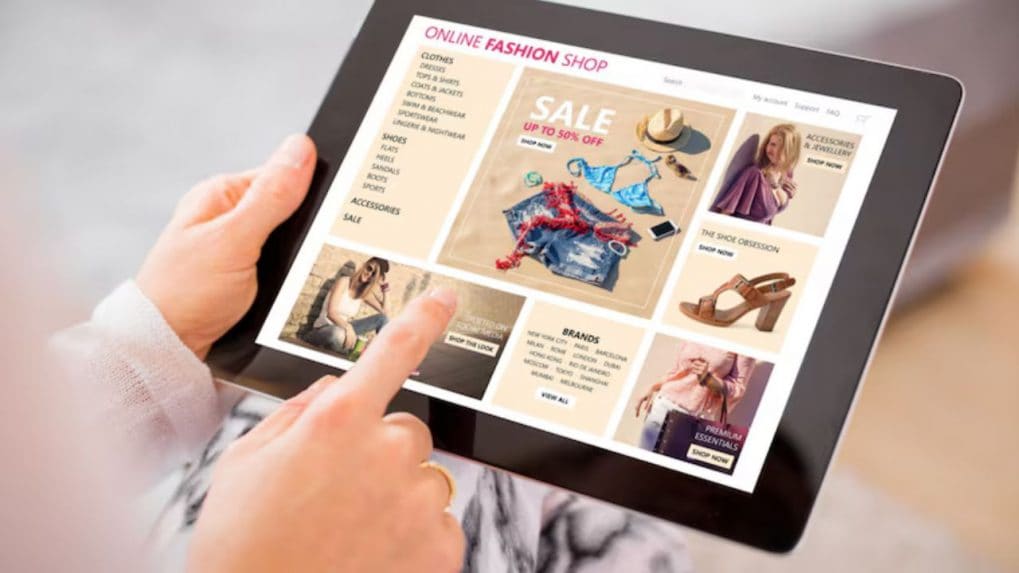Brand Makers
Dil Ka Jod Hai, Tootega Nahin

In Integral Ad Science's (IAS), 2025 Festive Season Report, the key findings provide insights into India’s festive shopping landscape, revealing consumer behaviour around budget allocation, gifting choices, and dominant platforms during prime festive shopping moments, including Ganesh Chaturthi, Navratras, Diwali, and holiday buying around Christmas.
According to a recent report, festive shoppers have an average shopping budget of Rs 16,500; the window to influence purchase decisions is wide open. Our study reveals that the online festive shopping outlook remains robust, with 67% of consumers starting as early as October, prioritising lucrative offers and deals, discovering new products, brands, and curated gifting ideas, while avoiding higher prices later in the season.
The report highlights that shoppers will be more intentional in their shopping decisions, plan ahead, and demonstrate greater confidence in digital purchases. Notably, 47% of consumers plan to shop more online than in-store, while 65% place more attention on themed deals and festive sales. 90% of consumers have planned/plan to start festival shopping before November. 86% of consumers will increase their festive shopping budget from last year.
Consumers will be more intentional with their spending, looking for the best deals and taking into consideration higher prices as they go about their shopping. 67% plan to start festive shopping earlier to avoid high prices, 65% plan to pay more attention to sales and discounts and 35% plan to reduce the amount of gifts/products to account for higher prices. 83% of consumers say that their mobile device will be used most for shopping this festive season.
Consumers are also starting to explore utilising AI tools to help in their shopping for the season. 87% are open to using AI tools to help in their shopping 32% plan to use AI tools in researching online for product/gift ideas.
With festive ad spending at its peak, marketers struggle to cut through the clutter while maximising ROI. Nine in 10 consumers view ads as an essential discovery tool for festive promotions and new products, making it imperative for brands to adopt contextual targeting strategies to strategically align ads with content that consumers engage with.
By placing ads alongside inspiring content, gifting options, and discounts, brands can significantly boost brand favourability and purchase intent, which directly influences consumers decisions.
Omnichannel shopping will be on the rise, with social media (69%), followed by YouTube/ video platforms (68%) and ecommerce/retail sites (60%) emerging as top channels for product discovery. A whopping 87% are open to using AI tools to elevate their festive shopping experience, primarily for price tracking (64.93%), personalised recommendations (59.92%), and gift ideas (54.7%).
From Delhi’s sharp-tongued lyricists to Chennai’s bilingual innovators and North-East India’s experimental beatmakers, Rap 91 LIVE’s lineup was a sonic map of the country’s cultural diversity.
Read MorePiyush Pandey was a force of nature - brute force for his opponents and a natural creative at heart.